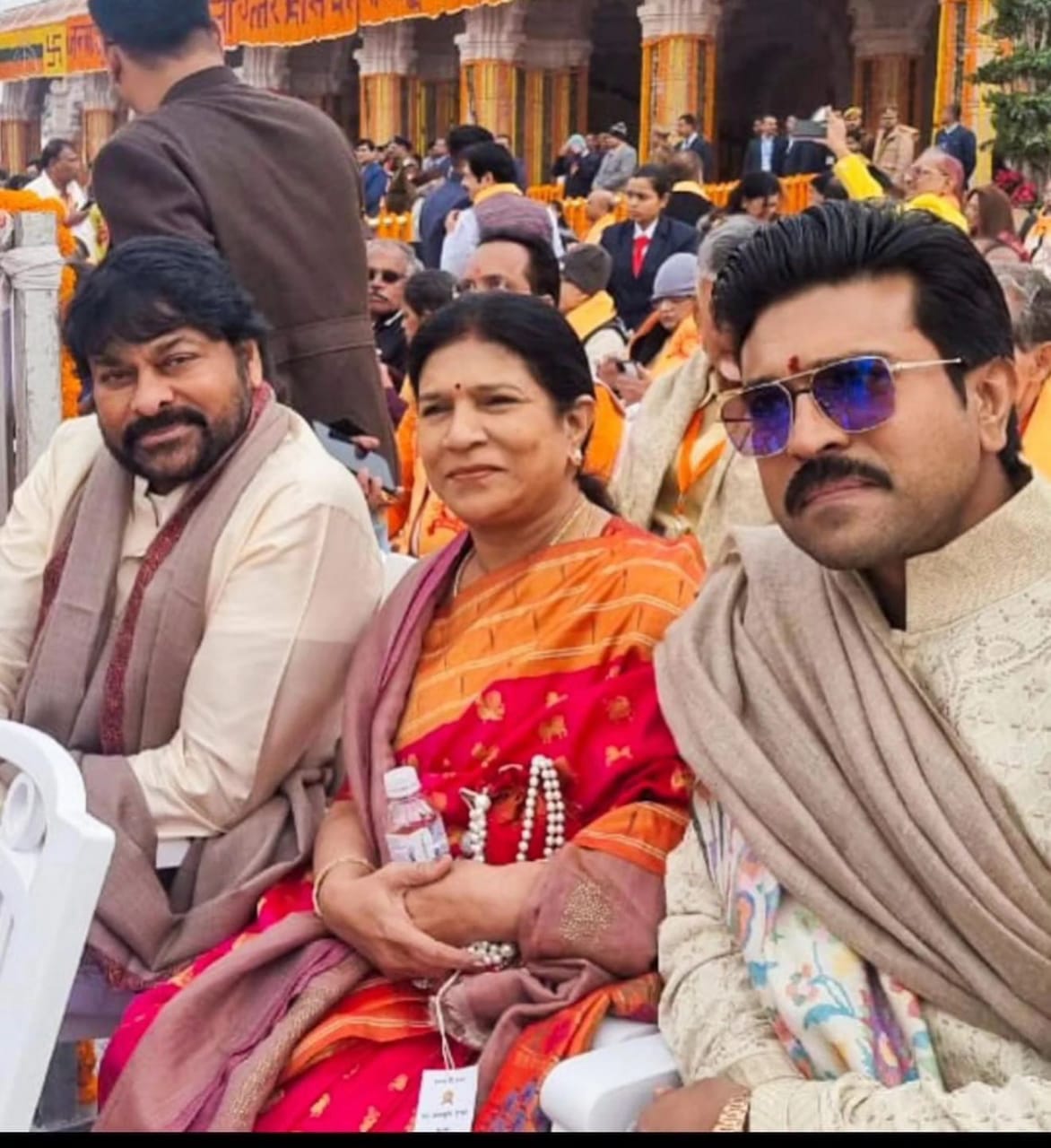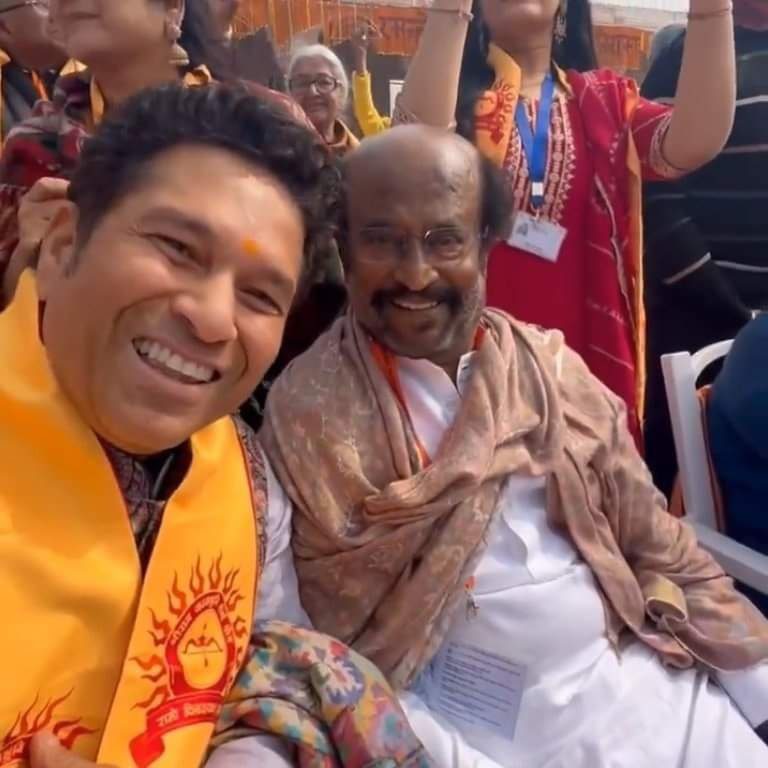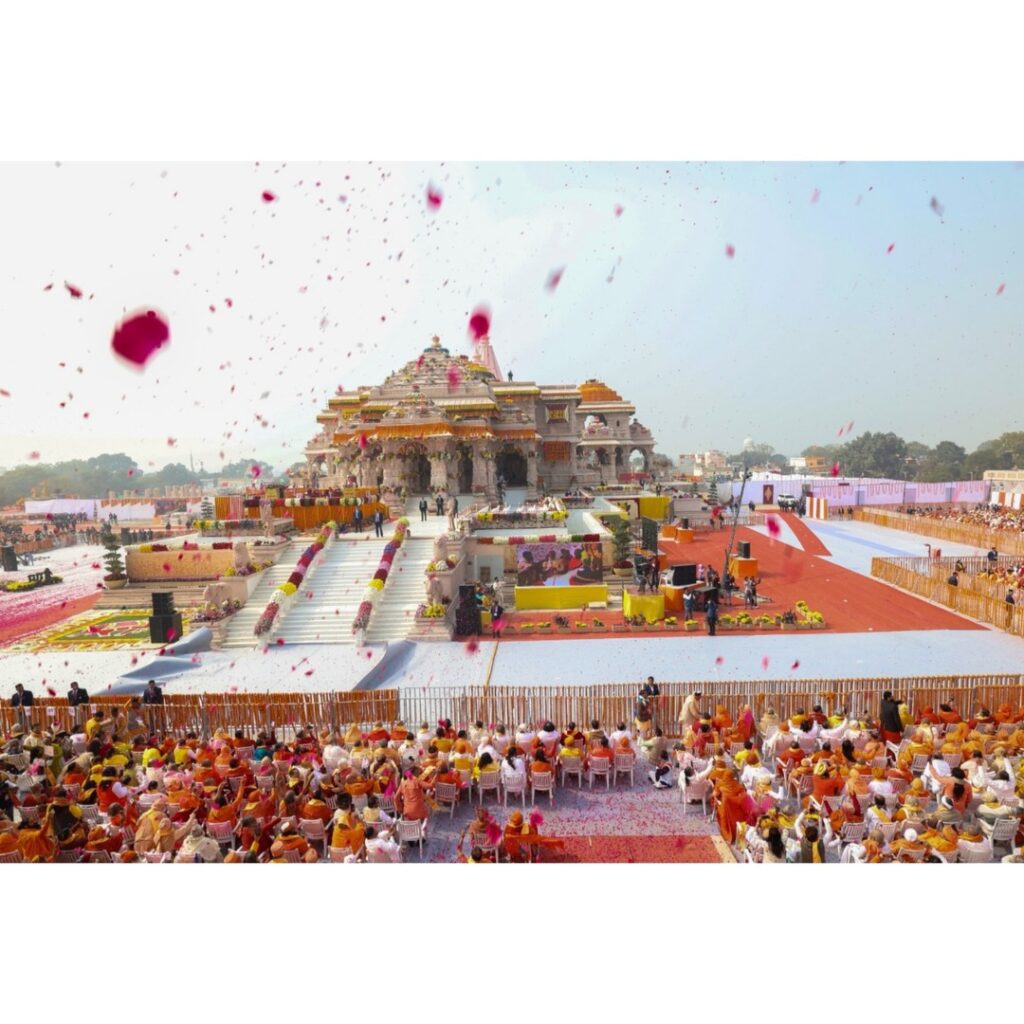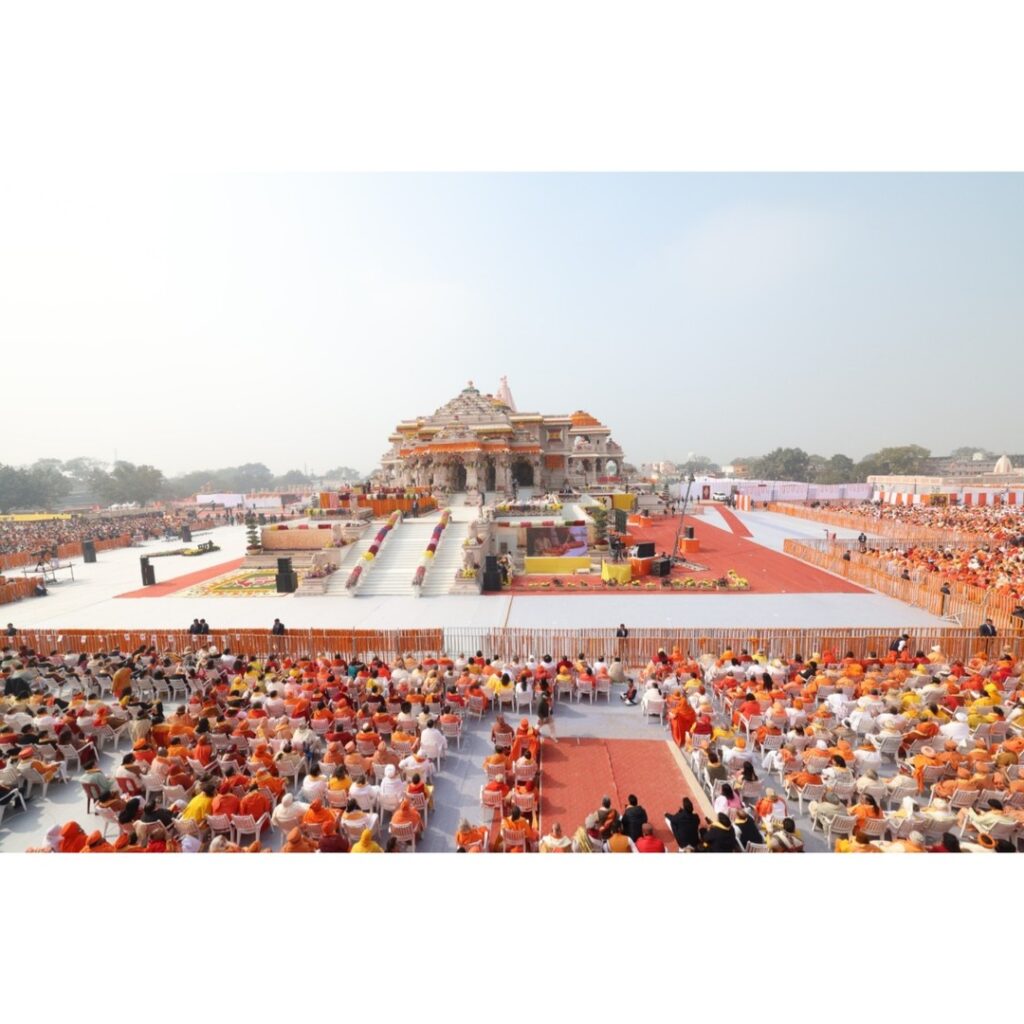Introdction
The Ram Mandir Pran Pratishta is a significant event that marks the consecration and installation of deities in the sacred Ram Temple in Ayodhya, India.
This historic moment holds immense importance for millions of Hindus around the world, Ram Mandir Pranpratishta Ceremony symbolizes the revival of a cherished spiritual and cultural heritage.
In the heart of India, a sacred ritual unfolds, weaving together centuries of history, devotion, and cultural significance—the Ram Mandir Pranpratishta Ceremony. This ceremony, a beacon of spirituality, marks the consecration of the Ram Mandir, creating a profound connection between the divine and the earthly.
In the forthcoming ceremonial proceedings for the consecration of the Ram Mandir on January 22, a historic event of grandeur awaits, drawing the participation of distinguished individuals, notably including Prime Minister Narendra Modi.
The revelation of the idol designated for placement within the sanctified ‘Garba Griha’ occurred on the eve of the formal inauguration.
The Long-Awaited Journey: From Dispute to Resolution
It is a matter of joy for us that after 550 years of struggle, the temple of Lord Ram is being built.
The long-standing dispute surrounding the Ram Janmabhoomi-Babri Masjid site and the legal battles that ensued for many decades. the legal verdict that finally paved the way for the construction of the Ram Mandir, bringing an end to the prolonged dispute.
Historical Tapestry
Roots in Ancient Scriptures
The roots of the Ram Mandir Pranpratishta Ceremony delve deep into the pages of ancient scriptures, prominently the epic Ramayana. This sacred tradition finds its foundation in the age-old teachings and stories that have resonated through generations, forming an integral part of the cultural and religious identity of millions.
Ayodhya’s Spiritual Landscape
The historical significance of the Ram Mandir is interwoven with the spiritual landscape of Ayodhya. From the pages of the Ayodhya dispute to the triumphant construction of the temple, the journey reflects the unwavering faith and determination of a community. The Pranpratishta ceremony crowns this historical narrative, symbolizing the restoration of divine order.
Essence of Ram Mandir Pranpratishta Ceremony

Infusing Divinity
The Pranpratishta Ceremony is a meticulous process, breathing life and divinity into the temple’s sanctum. At its core, the ceremony involves the consecration of the temple idols, transforming them into vessels of divine energy and grace. The sacred space resonates with the celestial, creating an atmosphere of profound spirituality.
Ritualistic Symphony
1. Kalasha Sthapana:
The ceremony commences with the installation of the Kalasha, a sacred vessel symbolizing purity and abundance. This act marks the initiation of the consecration process.
2. Mantra Chanting:
Skilled priests, inheritors of ancient wisdom, chant Vedic mantras, invoking the blessings of the divine. The resonance of these chants creates a spiritual bridge, connecting the mortal with the celestial.
3. Abhishekam:
The deities undergo a symbolic bath, an Abhishekam, with consecrated substances like milk, honey, and sacred water. Each element holds profound symbolism, purifying the idols and imbuing them with divine grace.
4. Aarti and Bhajans:
The air is filled with the melodious sounds of Aarti and Bhajans as devotees collectively express their faith. The fragrant incense adds to the ambiance, creating a symphony of devotion.
Impact on the Community

Cultural Resurgence
The completion of the Ram Mandir Pranpratishta Ceremony isn’t just a religious event; it’s a cultural resurgence. The temple becomes a symbol of spiritual unity and cultural pride, fostering a sense of community among its devotees.
Pilgrimage Destination
The consecration elevates the Ram Mandir to a revered pilgrimage destination. Devotees from across the nation and the world embark on spiritual journeys to witness and partake in the divine energy, contributing to the temple’s significance on a global scale.
Ram Mandir Pranpratishta Ceremony visuals
Pushpa varsh Ceremony
celebrities during Ram Mandir Pranpratishta Ceremony








Ayodhya’s Arial view during Ram Mandir Pranpratishta Ceremony
Ayodhya Ram mandir’s Full View








You may Also Like: Mission of Venus/sukrayaan-India’s Second solar planet system mission after Mars
